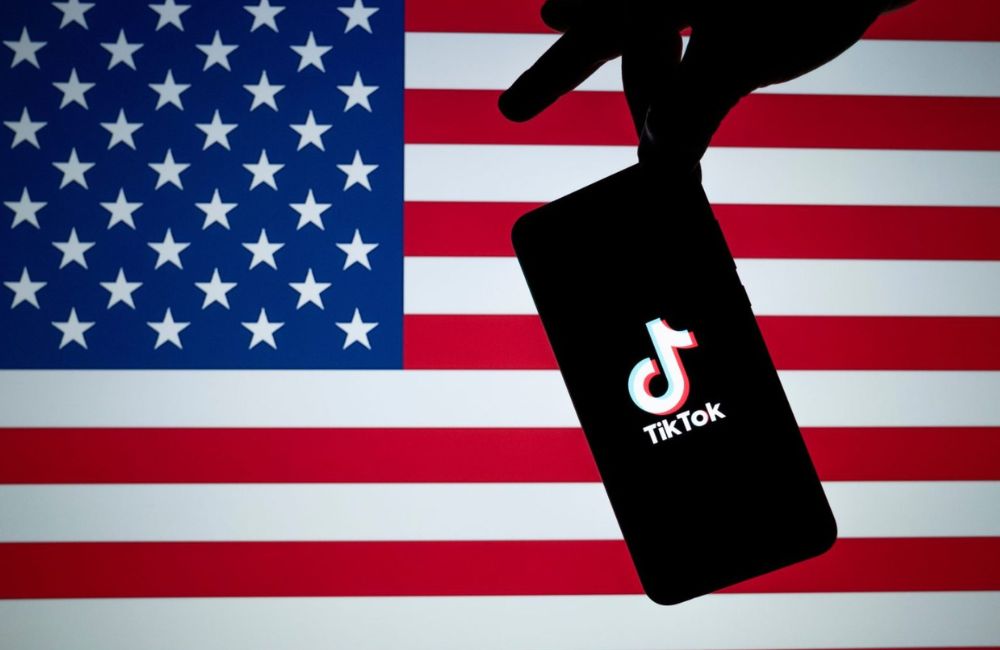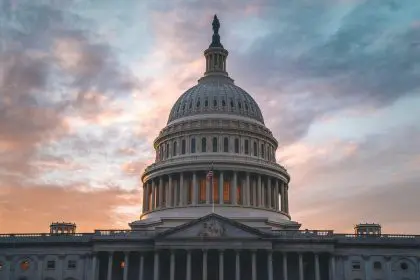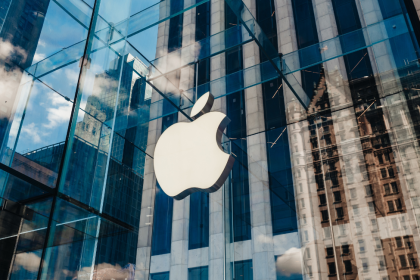The recent 75-day pause on TikTok’s ban enforcement marks a significant pivot in the ongoing dialogue between U.S. administration and ByteDance. This strategic delay affects approximately 170 million American users, showcasing the complex balance between national security priorities and digital entertainment sovereignty. The decision reflects a nuanced approach to handling international tech relations while maintaining domestic security interests. The pause comes at a critical moment when the platform’s influence on American digital culture has reached unprecedented levels, with users spending an average of 95 minutes per day on the app. This extensive engagement has transformed TikTok from a mere entertainment platform into a cultural phenomenon that shapes trends, influences consumer behavior, and drives digital innovation.
Behind the national security curtain
The core of the controversy stems from ByteDance‘s Beijing headquarters, triggering heightened scrutiny over data privacy protocols. The suspension arrives at a crucial juncture when new legislation actively restricts companies from maintaining TikTok support under ByteDance’s ownership. This development represents a delicate intersection of international business relations and national security protocols, highlighting the intricate nature of global digital platforms operating within sovereign nations. Security experts have raised concerns about the potential vulnerabilities in data handling practices, particularly regarding user information collection, storage methods, and potential access by foreign entities. The platform’s sophisticated algorithm, which has been both praised for its effectiveness and scrutinized for its data collection practices, remains at the center of these security discussions. Recent analysis reveals that TikTok’s data collection extends beyond basic user information to include device characteristics, location data, and usage patterns, raising questions about the scope and purpose of such extensive data gathering.
The negotiation landscape
The administration’s stance suggests openness to exploring various operational models, including potential joint ventures involving U.S. interests. This approach demonstrates a shift from absolute restrictions to collaborative solutions, indicating a more nuanced understanding of the platform’s significance in the digital ecosystem. The possibility of Chinese approval for any proposed changes adds another layer of diplomatic complexity to the ongoing negotiations. The potential restructuring could involve creating a new entity that operates independently within the U.S., with data storage and processing handled exclusively on American soil. This model would aim to address security concerns while preserving the platform’s core functionality and user experience. The negotiations also involve discussions about algorithm transparency, data access protocols, and governance structures that would satisfy both national security requirements and business operational needs.
Business implications and market dynamics
The temporary suspension creates a critical window for businesses deeply integrated with TikTok‘s ecosystem. Content creators, digital marketers, and brands leveraging the platform’s massive reach now have additional time to adapt their strategies. This pause period serves as a crucial buffer for the digital economy that has flourished around TikTok’s infrastructure, allowing for more measured transitions and strategic planning. The platform’s advertising revenue in the U.S. has grown exponentially, reaching billions of dollars annually, with thousands of businesses relying on it for customer engagement and sales. Small businesses, in particular, have found TikTok’s targeted advertising capabilities and organic reach potential instrumental in their growth strategies. The platform has also given rise to a new generation of digital entrepreneurs who have built substantial businesses around content creation and influencer marketing.
Digital sovereignty and user impact
The situation underscores the evolving nature of digital sovereignty in an interconnected world. For millions of American users, the platform represents more than entertainment – it’s a significant channel for expression, commerce, and community building. The administration’s approach reflects an understanding of these dynamics while maintaining focus on national security priorities. The platform has become particularly significant for younger generations, with over 60% of its user base under 30 years old. These users have developed unique cultural expressions, communication styles, and community norms within the platform’s ecosystem. The potential disruption of these digital communities raises questions about the balance between national security measures and the preservation of emerging digital cultures.
Future trajectory
The coming months will likely witness intense negotiations and potential restructuring proposals. The outcome could set precedents for how nations manage international digital platforms while protecting domestic interests. This period represents a critical juncture in the evolution of global digital governance and international tech relations. The resolution of this situation could influence future policies regarding international technology companies operating in the U.S. and potentially shape the development of global digital platform governance frameworks. The negotiations might also lead to the establishment of new standards for data privacy, security protocols, and international digital commerce regulations. Industry observers note that the outcome of these discussions could influence similar situations involving other international technology platforms and shape the future landscape of global digital services.















